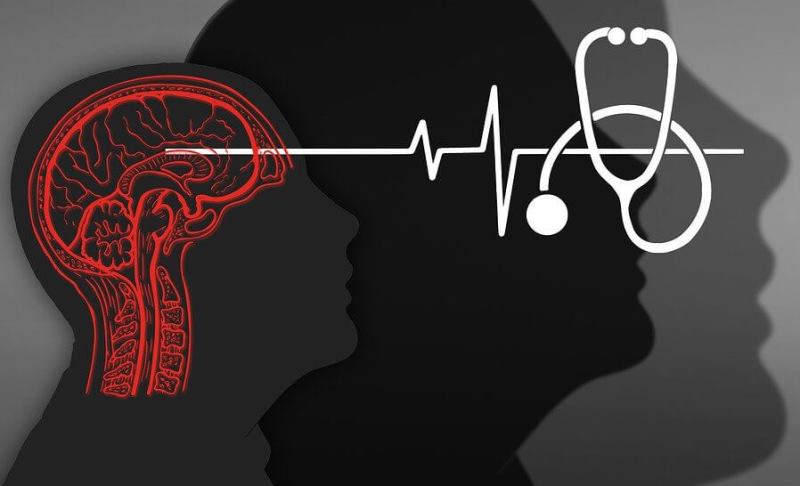A recent study showed that approximately 80% of stroke patients suffer from foot drop following a stroke, feeling uneasiness or instability, and decreased balance. Foot drop can result in an inability to walk and is often the result of brain stem nerves or spinal cord damage. Depending on the individual patient’s needs, various treatment options are available for foot drop.
1. Therapy
The different therapy forms include;
Pilates
Physical therapy incorporates deep pressure, stability, and stretching exercises to retrain the nervous system for proper function.
Balance Exercises
Working on improving balance by resistance training or exercise and working on proprioceptive or somatosensory pathways to aid in balancing acts.
Manual Therapy
Wolves have been used in a manual therapy called chiropractic manipulation of foot drop, where they are placed over the foot and moved in different directions while asking the patient to push back against them with their feet (to feel where they are being twisted and so they can guess which direction they are being twisted).

2. Surgery
A common treatment for foot drop is surgery. The most frequent approach is to cut the nerve in the groin and then tie a tendon to keep it stabilized in the new position. Other surgeries include repairing a damaged nerve or parts of the spinal cord or laminectomy (removing a small piece of the spinal cord).
Surgery, however, is not always the most suitable treatment option for foot drop. It can be costly, with a large number of potential side effects.
3. Neurostimulation
A newer treatment for foot drop is called Functional Electrical Stimulation (FES), which has been shown to improve muscle strength and walking ability in patients with severe strokes or other neurological problems that cause foot drop. FES involves a device that stimulates nerves in the lower leg so that they will contract and move the leg muscles as if they were doing it on their own. However, patients must learn how to control this system by thinking about moving their legs differently.
FES is more expensive than surgery and may have several side effects. In particular, it does not cure foot drop; instead, it can help patients regain the lost function due to their stroke or other neurological problems.
4. Orthosis
Another treatment option for foot drop is the use of orthosis. An orthosis is a device specifically designed to help with the symptoms of foot drop by providing support for muscles or joints. Examples of orthoses include afo braces and ankle supports used during physical therapy workouts. An AFO brace is worn on the foot and is used in conjunction with physical therapy. Depending on the condition, an orthotic can provide either partial or full support during walking or standing.
Orthosis can be a very effective treatment option for foot drops and other problems related to neurological damage. Still, patients must find. Still, it is a therapist who knows how to make them correctly, such as one trained in kinesiology or physical therapy.
This option may benefit patients with moderate stroke damage who do not recover from foot drops following physical therapy. Patients with severe strokes may still be able to recover foot drops through physical therapy, however, so orthoses are generally used when other treatments do not work.
5. Pharmacological Therapy
The use of medications in the treatment of foot drops can help the patient. The most common drug is Dantrolene sodium (brand name Dantrium). This drug is used for pain associated with muscle conditions such as strokes and spinal cord injuries. Dantrolene slows down the nerves in the muscles, which may be helpful for people who cannot lift their feet and legs because of foot drop. Safety concerns about Dantrolene use include damage to the liver, kidney, and heart muscle, as well as the development of irregular heart rhythms.
Several other drugs are used to treat foot drop and are also effective. However, the side effects of some of these drugs may vary, so be sure to discuss this information with your doctor.
In conclusion, some treatment options can help people with foot drop. Everyone is different, and each individual should be treated differently according to their specific condition. However, the proper treatment option must be chosen to ensure that it will lead to the most favorable outcome.
 Infographic Portal New Infographics Resource Portal
Infographic Portal New Infographics Resource Portal
